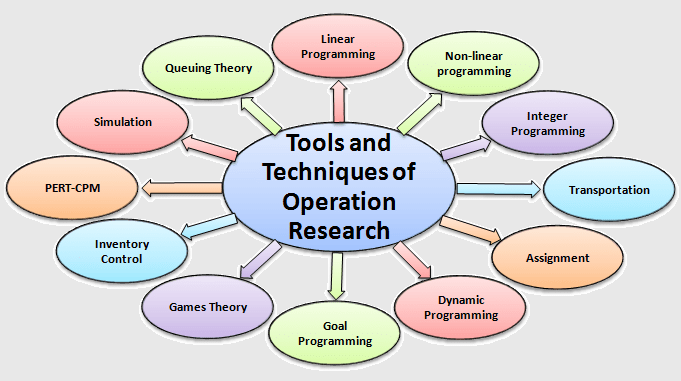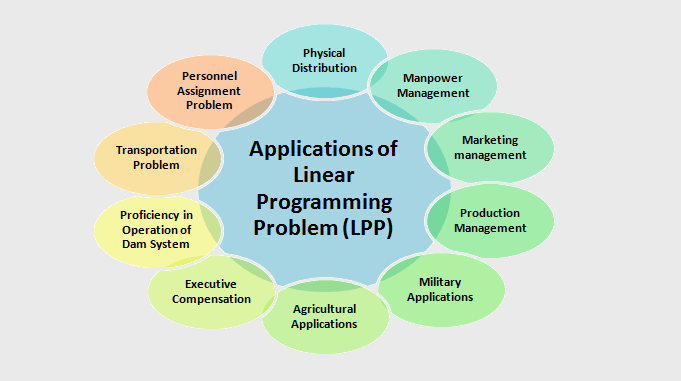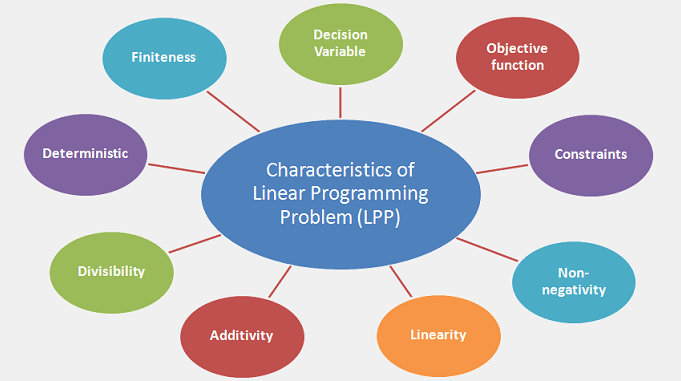
Approaches or Methodology of Operation Research:
The stages of development of OR are also known as approaches or methodology or phases and processes of Operation Research. OR is a scientific approach for decision-making, and therefore must follow the following steps arranged in the following order:
PHASE-I Formulating the problem:
Before proceeding to find the solution to a problem, first of all, one must be able to formulate the problem in the form of an appropriate model. To do so, the following information will be required:
(i) Who has to take the decision?
(ii) What are the objectives?
(iii) What are the ranges of controlled variables?
(iv) What are the uncontrolled variables that may affect the possible solution?
(v) What are the restrictions or constraints on the variables?
Since the wrong formulation cannot yield the right decision (solution), one must be considerably careful while executing this phase.
PHASE-II Constructing a mathematical model to represent the system under study:
The second phase of OR is to construct a mathematical model representing the system under study. A mathematical model should include the following three important basic factors:
(i) Decision variables and parameters,
(ii) Constraints or Restrictions,
(iii) Objective function
PHASE-III Deriving the solutions from the model:
This phase is devoted to the computation of those values of decision variables that maximize or minimize the objective function. Such a solution is called an optimal solution.
PHASE-IV Testing the Model and the solution derived from it:
After completing the model, it is once again tested as a whole for the errors if any. A model may be said to be valid if it can provide a reliable prediction of the system’s performance. A good practitioner of OR realizes that his model be applicable for a longer time and thus he updates the model from time to time by taking into account the past, present and future specifications of the problem.
PHASE-V Controlling the solutions:
This phase establishes control over the solution with any degree of satisfaction. The model requires immediate modification as soon as the controlled variables (one or more) change significantly, otherwise the model goes out of control. As the conditions are constantly changing in the world, the model and the solution may not remain valid for a long time.
PHASE-VI Putting the solution to work, i.e., implementing the solution:
Finally, the tested results of the model are implemented to work. This would basically involve a careful explanation of the solution to be adopted and its relationship with the operating realities.
(Source – Various books of college library)
Copyrighted Material © 2019 - 2024 Prinsli.com - All rights reserved
All content on this website is copyrighted. It is prohibited to copy, publish or distribute the content and images of this website through any website, book, newspaper, software, videos, YouTube Channel or any other medium without written permission. You are not authorized to alter, obscure or remove any proprietary information, copyright or logo from this Website in any way. If any of these rules are violated, it will be strongly protested and legal action will be taken.




Be the first to comment